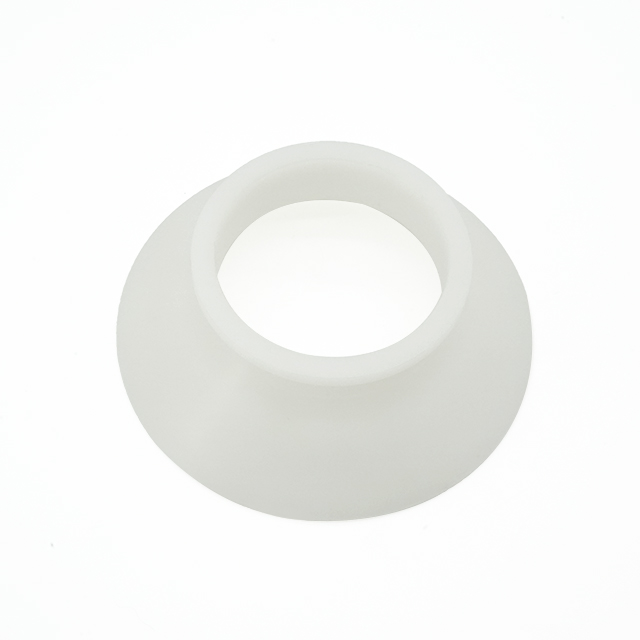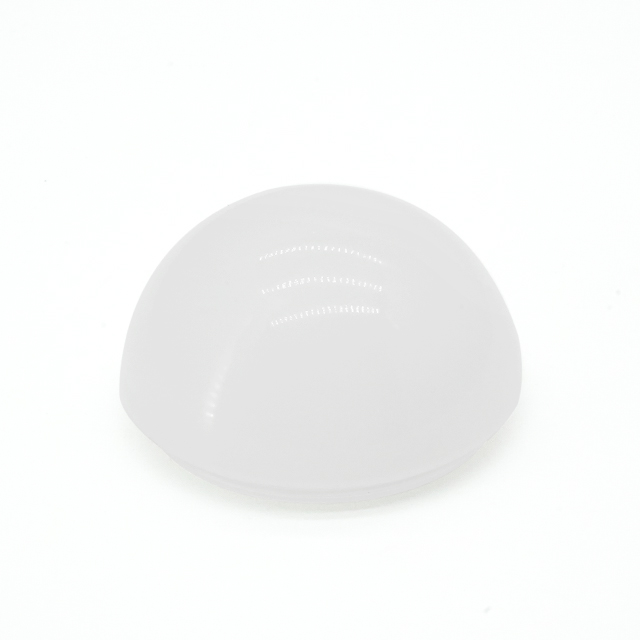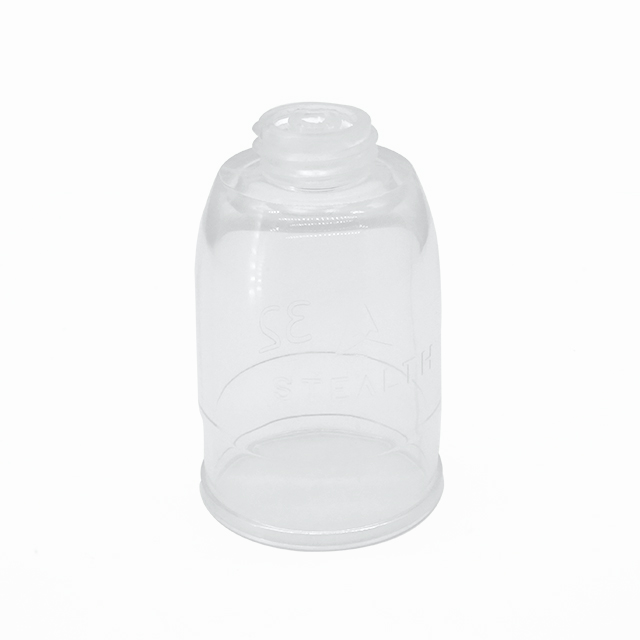Injection molding is a method of producing shapes for industrial products. The injection molding process is a process technology, mainly a variety of processes that transform plastics into various desired plastic products. The principle is that granular and powdery plastic raw materials are added to the hopper of the injection molding machine, and the raw materials are heated and melted into a flowing state. Driven by the screw or piston of the injection machine, they enter the mold cavity through the nozzle and the pouring system of the mold. The mold cavity is hardened and shaped to make the desired shape of the product. Products usually use rubber injection molding and plastic injection molding.
Advantages of injection molding:
1. Automatic production, short molding cycle and high production efficiency;
2. The shape of the product can be diversified, the size is accurate, and it can be made of plastic with metal or non-metal inserts
3. The product quality is stable after injection molding
4. The technology has a wide range of application.
Disadvantages of injection molding:
1. The price of injection molding equipment is higher
2. The structure of the injection mold is complex
3. The production cost is high, and it is not suitable for the production of single and small batches of plastic parts.
Main application:
In daily products, the products processed by injection molding include: kitchen utensils, such as trash cans, bowls and various containers, housings of electrical equipment (hair dryers, vacuum cleaners, etc.), various products of the automotive industry, and some electronic products, Such as Bluetooth headsets, power banks, etc. They are all formed by developing molds and then injection molding.
Post time: Jun-16-2022




